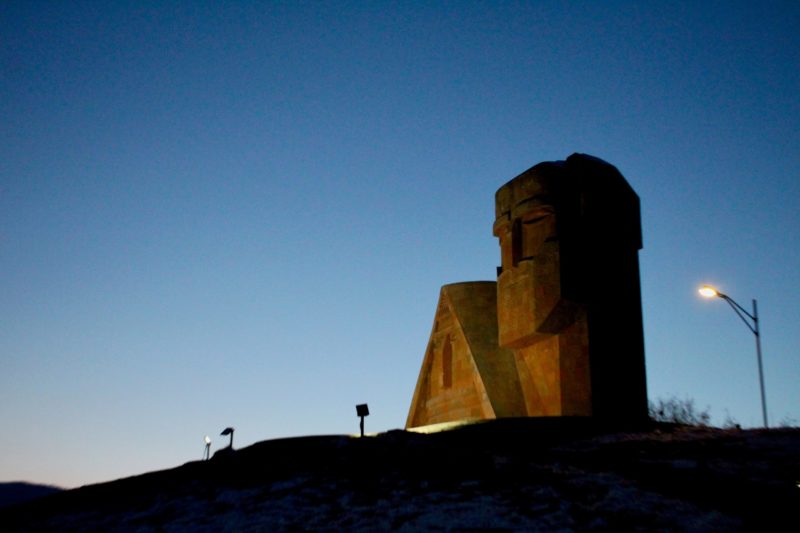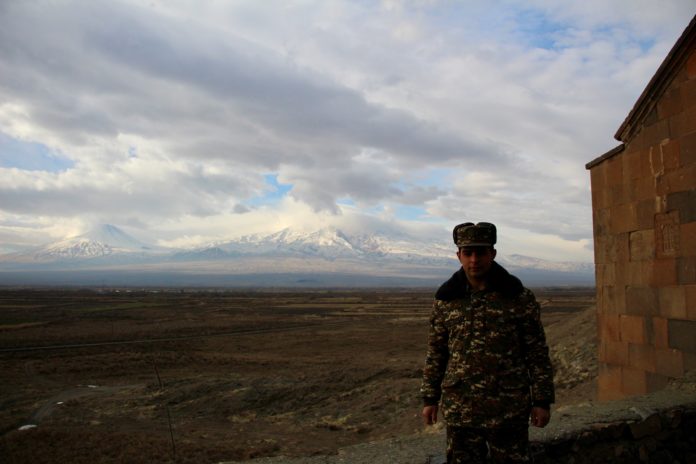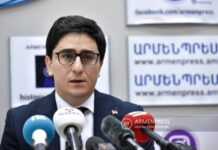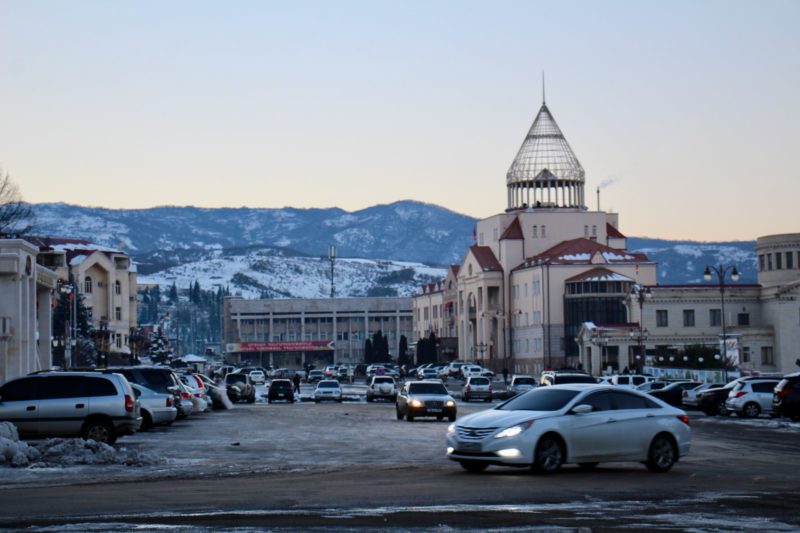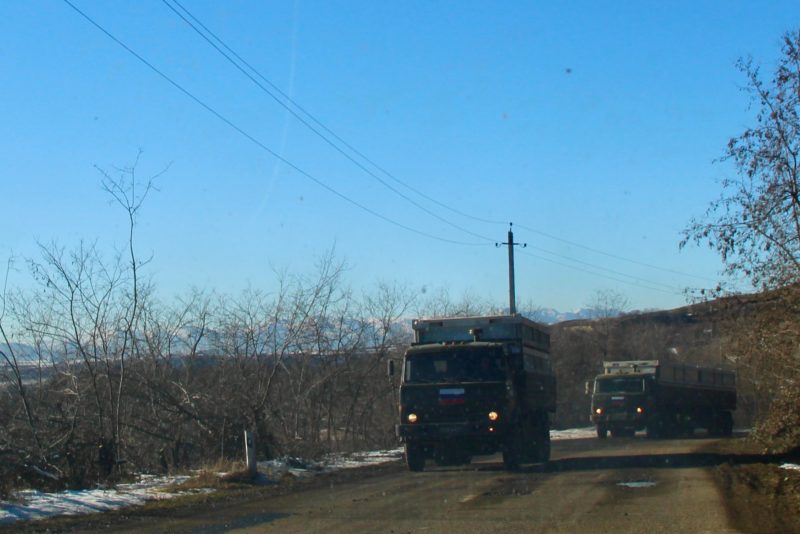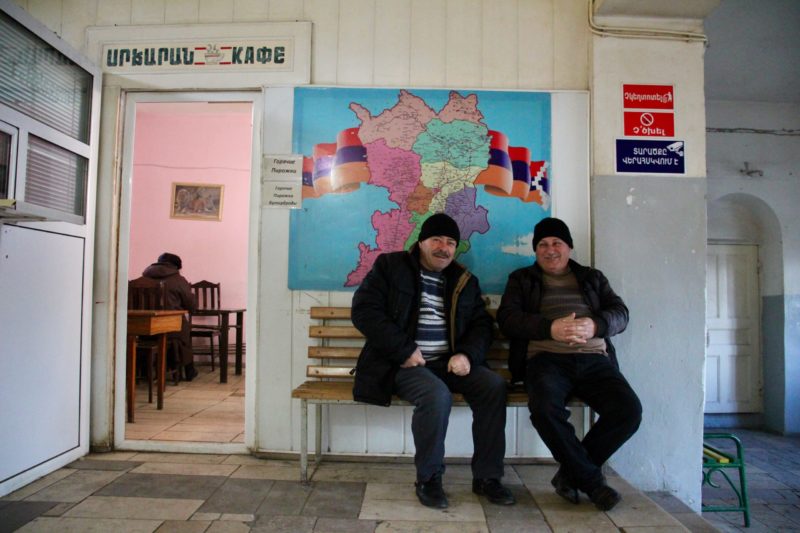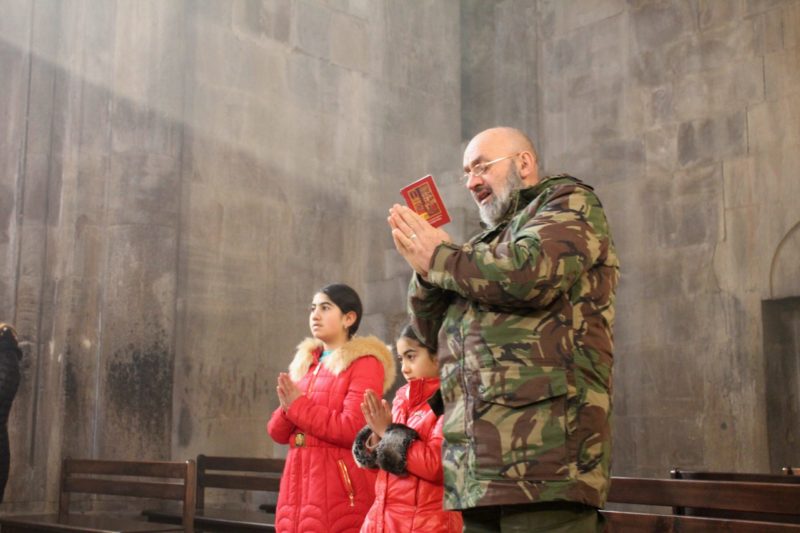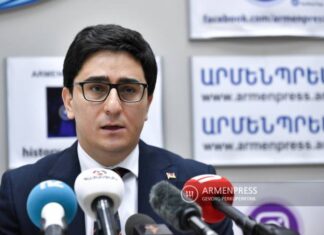By Madlen Avetyan and Avedis Hadjian
Special to the Mirror-Spectator
The predicament Armenia finds itself in invites comparisons with the fate of Palestine. Encroachments by Azerbaijani soldiers into Armenian territory proper since May 12 have followed catastrophic defeat in the 44-day war over the enclave of the Republic of Artsakh. More importantly, the war has brought Azerbaijani positions to within feet of the Armenian border and within a couple of hours, at most, from Yerevan and other targets of major strategic significance.
Armenia is not Palestine, but threats to its territorial integrity present similarities with the Palestinian case. Armenia is a recognized member of the community of nations, yet the war has crippled the country’s capacity to defend itself, increasing its dependence on Russia. While nominally the guarantor of its territorial integrity, Russia has responded with passivity to the acts of aggression by Azerbaijan and Turkey against Armenia.
The current process of gradual disintegration of Armenia’s sovereignty may be seen as a classic example of “borderization,” a term coined after the Georgian defeat in the war against Russian-backed Ossetia in 2008. A process of delimitation and demarcation ensued, during which Russian forces set up barbed wire, dug trenches and military checkpoints well inside Georgian territory, much like Azerbaijan is trying to do now in Armenia. Georgia has labeled these hostile demarcation activities as “creeping annexation,” which is apparently under way in the Armenian border areas with Azerbaijan as well.
The precarious status of the borders of its sovereign territory, violated by enemy forces that walked into it without firing a single shot, and the shrinking of Artsakh into an Armenian-populated pocket encircled by Azerbaijani-occupied territory and linked to Armenia through a corridor that at its narrowest is a two-lane road in Shushi, represent a sharp deterioration compared to the status quo ante. The war left more than 3,700 Armenian soldiers dead and the loss of approximately 80 percent of the territory of the enclave.
